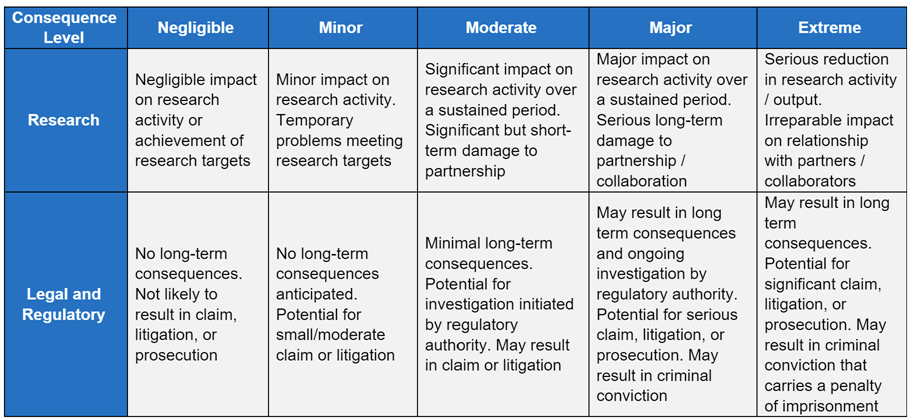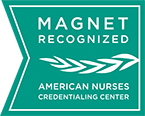What to consider
When developing a question for research performed at Gold Coast Health, researchers should consider local research priorities and the organisational research strategy. While defining a clinical problem can be easy, without a framework, some people find it difficult to develop an answerable research question.
The research question should be something that needs answering. Something that is important to the end users of the research; in health this is often consumers. Involving consumers early in a research study can significantly benefit researchers, as it improves the likelihood that the project is relevant to those who will benefit most from it.
For research to have an impact it must be used and therefore how research-findings can be implemented into practice needs to be considered when planning a project. To that end, Queensland Health have also mandated in a Health Service Directive that all research applications include a statement about how their research will translate into practice.
Planning, and ultimately reporting, the impact of research is encouraged. The National Health and Medical Research Council (NHMRC) recognises four specific types of impact: knowledge, health, economy and society, available here. It is recommended that researchers articulate the type of impact their research may have during the planning phase.
A helpful approach to clearly determine what a researcher will investigate is the PICO(T) acronym:
| P | Patient, population, or problem |
| I | Intervention/exposure |
| C | Comparison |
| O | Outcome |
| (T) | Time (if applicable) |
By first determining who and what will be investigated, researchers can then form a suitable working question e.g. In adults with knee pain (P) is paracetamol (I) or ibuprofen (C) more effective in reducing pain (O) within one-week (T)?
The clinical problem being investigated, and the question used, will guide the type of study required. Using the above example on knee pain, researchers would need to consider a clinical trial to answer their question. If the research question relates to the diagnostic accuracy of a test or the risk factors for developing a condition, then a different study design is required. Taking the time to explicitly establish a question will enable a researcher to appropriately design their study.
It is recommended that the researcher determines if this question has already been answered or is already being investigated elsewhere. Resources from Open Science Framework (all research) and PROSPERO (systematic reviews) provide researchers with information on whether their question is already being investigated by others. A flow chart of proposed steps for researchers to use during the planning phase is presented in Figure 1.

Figure 1: Steps a researcher may consider when developing an idea for a study
Based on the review of literature that further research is needed, a researcher should then turn their thoughts to how this will be answered – the how, the what, and the who.
How will the research question be answered? Which study design might best answer the question?
What resources are needed? This includes equipment, time, funds, and (potentially) participants. Are existing data available, or will new data be required, and how will the data be accessed? How many participants are needed to answer the question?
Who needs to be involved to make the research project a success? This includes having the right mix of people to conduct the study (e.g., clinical experts, methodologists, statisticians etc), but also consumers and other research related personnel. Collaboration with Gold Coast Health academic partners (Griffith University, Bond University, and Southern Cross University) can assist researchers by providing academic stewardship and expertise to projects that may not be readily available, especially within emerging research areas.
Building a team that can answer the question is fundamental. It’s rare that a researcher will conduct a clinical study in isolation. Utilising the experience and expertise of a range of people is encouraged, and this should be done in the planning phase. This may include: clinicians, basic scientists, statisticians, academics, industry, and health economists. Even for highly-experienced researchers, projects can be used as an opportunity to build capacity and capability in junior researchers.
In addition to the above, engaging with consumers and community is now strongly encouraged across research. From question development, design, execution, and dissemination, researchers should consider involving consumers in their research. Gold Coast Health also has a Consumer Advisory Group that researchers may also wish to engage with. Further advice and recommendations on how to meaningfully engage with consumers can be found here.
Research can be expensive. Even small items such as postage and printing need to be funded from somewhere. Equipment, payment for consumers and/or parking, and transcription of interviews may also be required. If research personnel, such as research assistants and external statisticians are needed, then a research grant is generally required. More information on grants is available here.
Researchers should also not forget about their time, especially if it will be conducted during work hours. Further details on how to appropriately account for time (funded, in-kind, no-cost) is available in the research budget guide. All research conducted at Gold Coast Health requires an approved study budget. A guideline to assist researchers develop their budget is available here.
Researchers should consider how feasible it will be to recruit participants. Research on common ailments can often be completed at one site, but for niche areas or infrequent injuries or diseases, researchers may need to consider multi-site studies or factor in the additional time required. Recruitment rates are often overlooked during the planning phase, but researchers should provide realistic recruitment estimates, ideally based on local data.
If researchers plan on utilising existing data, participant recruitment is not a consideration. But suitable planning on the type of data and where it can be obtained are needed, further details on data access is available here.
All research will expose some level of risk: Risk to participants; Risk to the institution(s); Risk to Investigators. Prior to conducting a research project, researchers should perform a robust risk assessment to evaluate the likelihood and consequence each risk may pose. Gold Coast Health has provided consequence, likelihood, and risk-rating tables for use (below). Risk is intensified during clinical trials, and for this reason, monitoring is undertaken by Gold Coast Health to ensure the identified risks are appropriately managed. Researchers should work through the four steps to determine a risk rating for potential hazards.
Step 1: Determine the consequence using the ‘worst case’ outcome should the risk event occur.

Step 2: Determine how likely a risk is, or how often a risk could be expected to occur. Likelihood can be assessed quantitatively as a probability percentage (%), or qualitatively using the descriptors and frequency for each risk type.
Step 3: Determine the risk rating by multiplying the risk consequence with the likelihood level on the Gold Coast Health Risk Analysis Matrix.
Step 4: Use the Risk Analysis Matrix by selecting the worst credible consequence and its likelihood to determine the risk rating.




